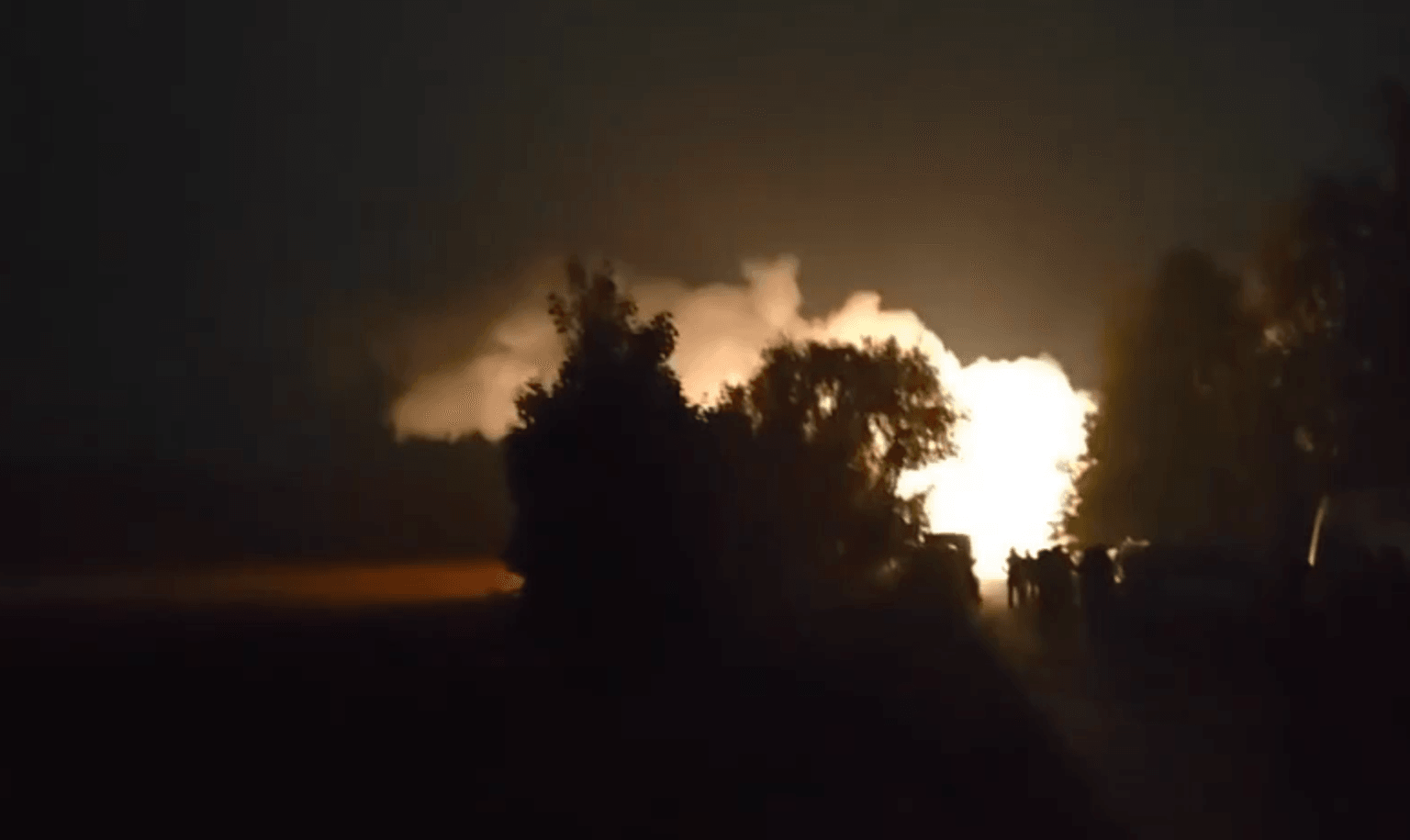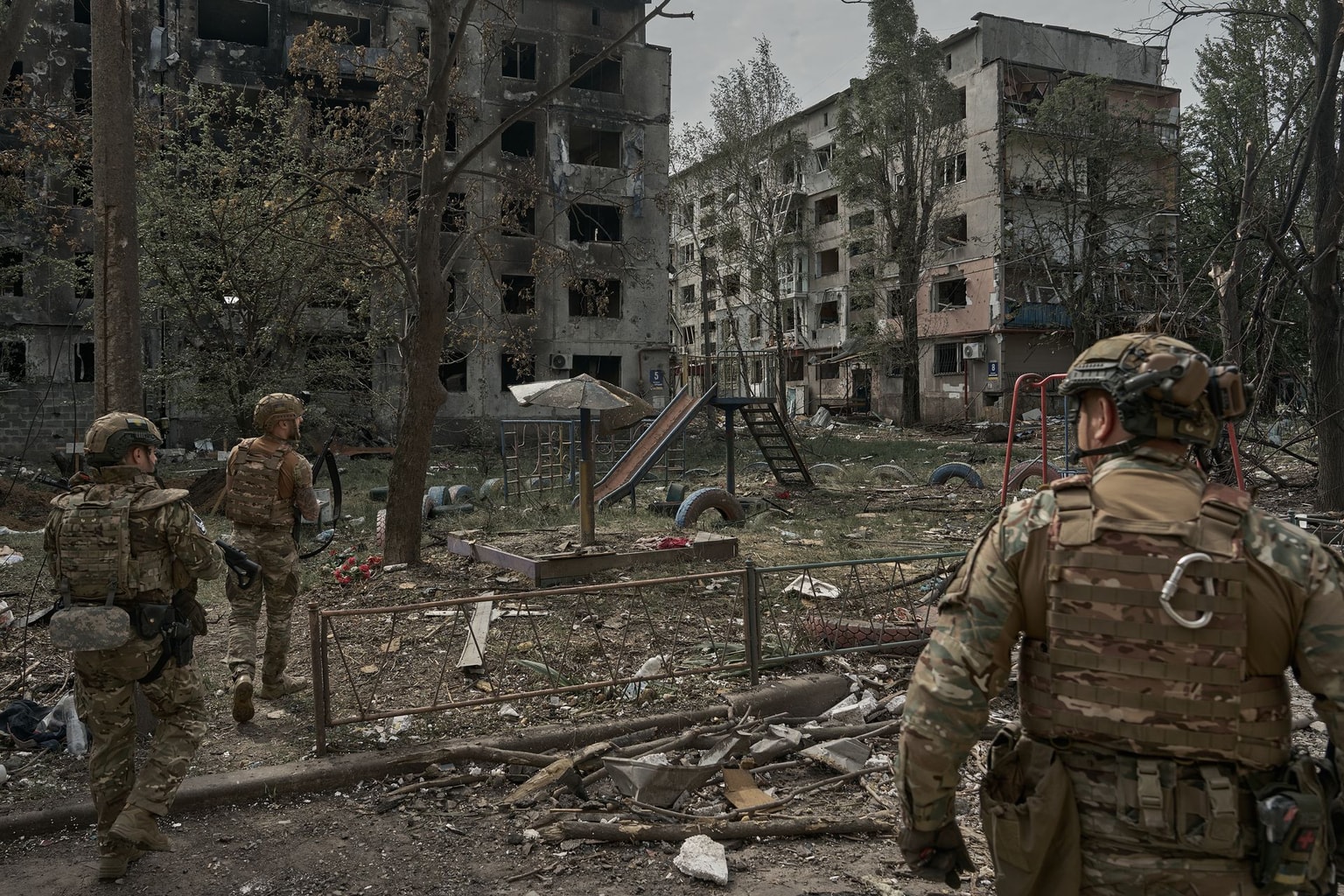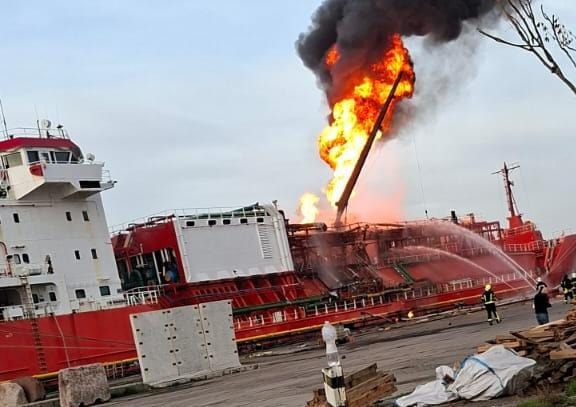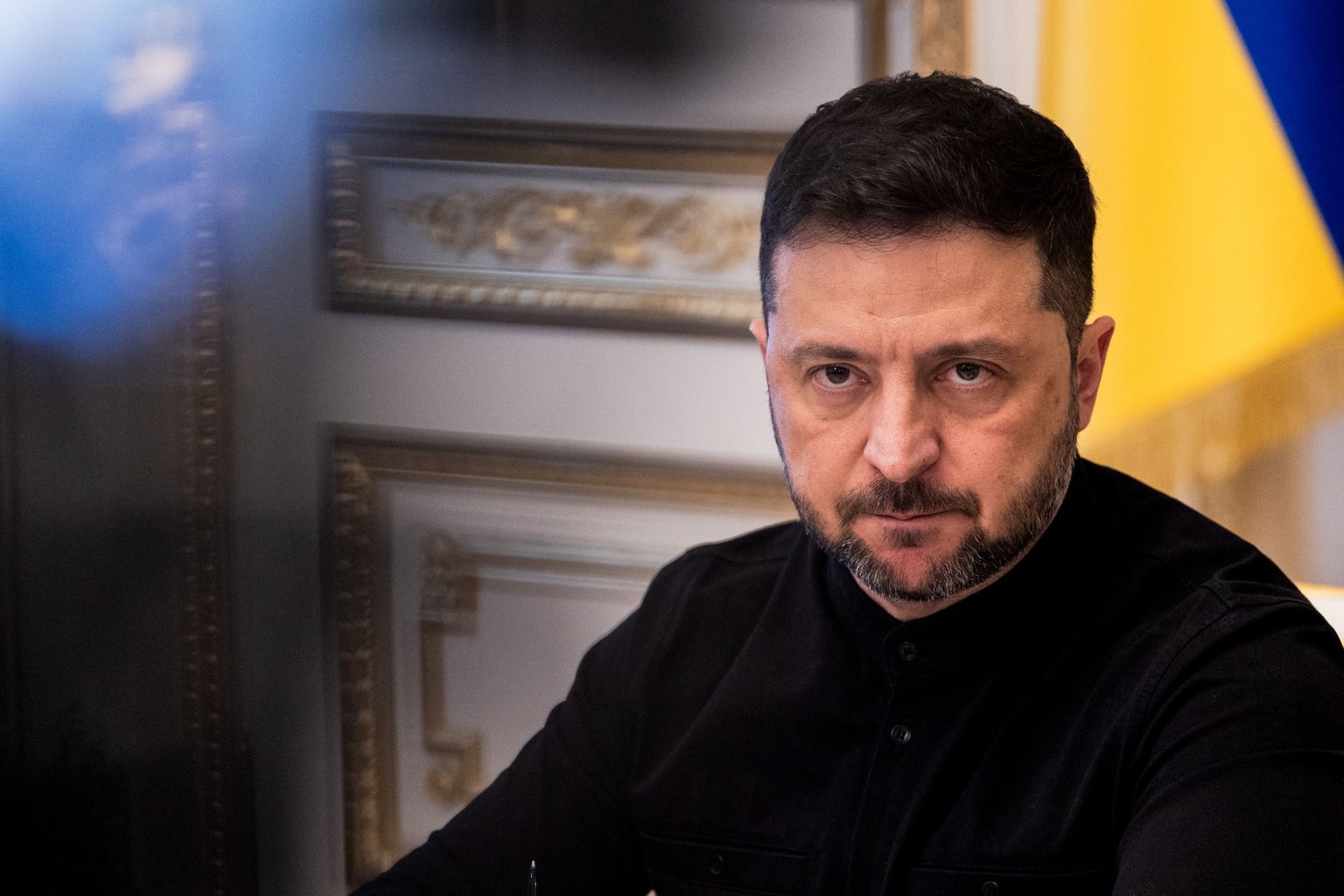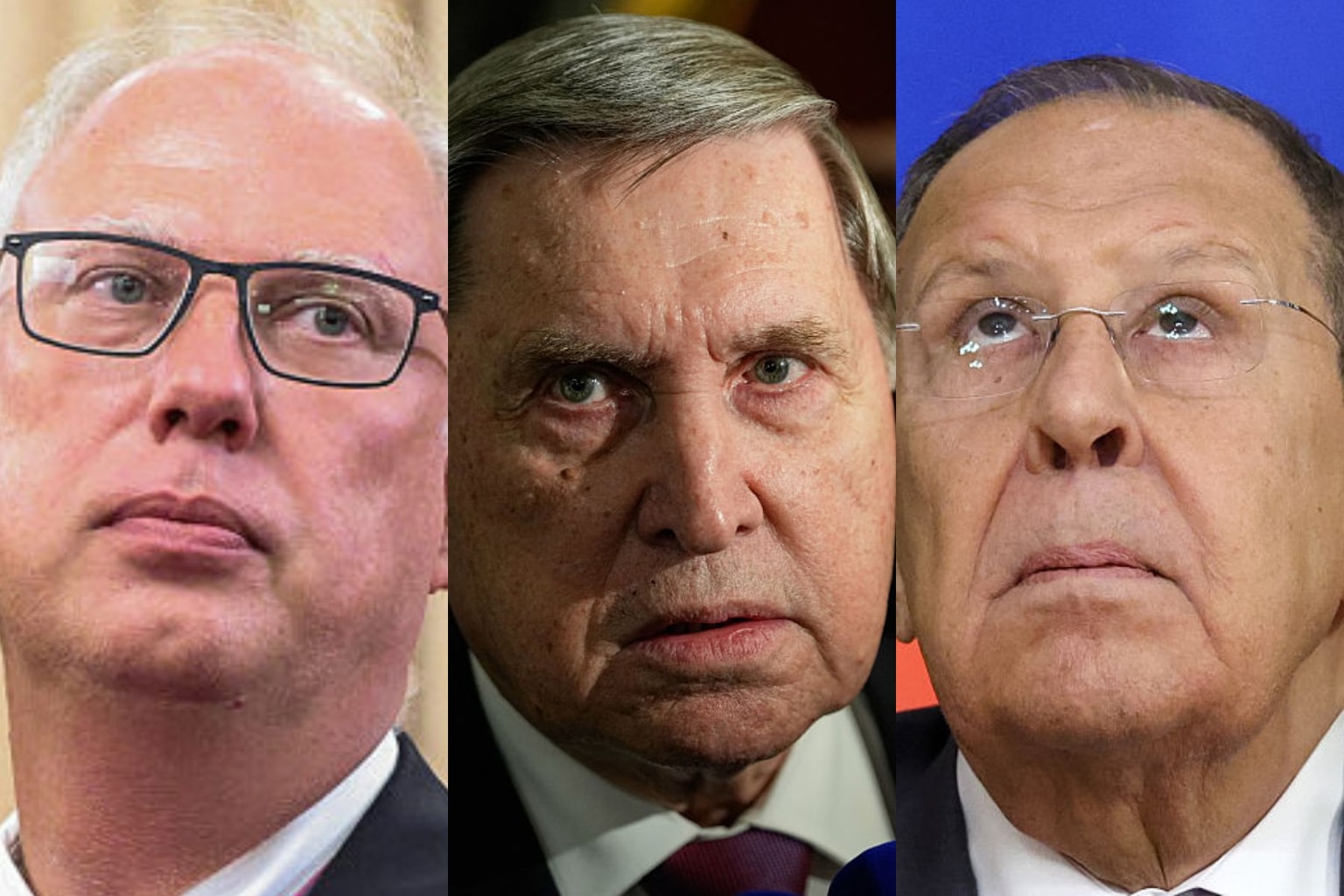Ukraine Business Roundup — The Black Sea ceasefire deal Ukraine doesn't need

The following is the April 1, 2025 edition of our Ukraine Business Roundup weekly newsletter. To get the biggest news in business and tech from Ukraine directly in your inbox, subscribe here.
Washington proudly announced on March 25 that it had brokered an agreement between Russia and Ukraine to "eliminate the use of force" in the sea after two days of talks in Saudi Arabia.
Details are still missing from the “ceasefire,” most crucially the start date. Kyiv said it was ready to go, but Moscow demanded that some sanctions be lifted before it moved forward with any ceasefire.
Amid the uncertainty and confusion, the agreement hasn’t changed the security situation for vessels in the Black Sea, Llyod’s List Intelligence, a maritime intelligence company, reported.
Refresher. Before we get into the agreement, here’s a little reminder of why the Black Sea is important.
At the start of the full-scale invasion, Russia blocked Ukraine’s seaports, meaning it couldn’t export goods through its main trade route. The UN and Turkey helped broker the Black Sea Grain Initiative in July 2022 so that Ukraine could at least export agricultural products through the Black Sea, as nearly 50 million people faced a food crisis.
By July 2023, the initiative was falling apart, and Moscow pulled out.
Things looked bad until Ukraine surprisingly carved out its own trade route in September 2023 having pushed Russia’s fleet to the eastern end of the Black Sea. Exports have been pretty smooth since then, nearly reaching pre-war levels.
So what was agreed upon this past week? Russia and Ukraine agreed to the safe passage of ships through the Black Sea (good for everyone), eliminate the use of force (good for Russia’s fleet, which has been depleted by Ukrainian sea drones), and prevent the use of commercial vessels for military purposes.
Here comes the controversial part, which puts Russia as the real winner of the deal. The U.S. said it would help “restore” Russia’s access to the global market for agricultural and fertilizer exports, lower expensive maritime insurance costs, and increase access to ports “and payment systems for such transactions.”
Yet Ukraine wanted clear security guarantees for its three operational seaports, which are under relentless Russian attacks, and for its Mykolaiv port to be unblocked. The agreement doesn’t guarantee either of those.
“This is definitely not what Ukraine needs,” Serhiy Vovk, director of the Center for Transportation Strategies, a consultancy in Kyiv, told me last week.
What is Russia demanding? Moscow’s main demand is lifting sanctions on the state-owned agricultural bank, Rosselkhozbank, and reconnecting financial institutions involved in agriculture to the Brussels-based SWIFT payment system. It says this will help its food and fertilizer exports, although volumes have actually increased in the last three years.
Russia also wants to get rid of restrictions on European ports that have prevented its vessels from docking and wants sanctions lifted on ships flying the Russian flag.
The Kremlin made the same demands back in July 2023 and says it won’t implement the ceasefire until they are met.
What would be the consequences? So far, the U.S. is mulling over sanctions relief and hasn’t committed to anything yet. Recently, Trump has U-turned and even threatened Russia with secondary oil sanctions for heel-dragging peace negotiations.
But if it does heed Moscow’s demands, then it would help Russia’s sanctioned agri-oligarchs that have profited off the war, including by stealing Ukrainian grain.
Opening up a major state-owned bank would allow oligarchs to move money, get loans, and make potential investments. It could also be used to circumvent sanctions, launder money, and receive oil export revenues.
It will also ramp up tensions between the U.S. and Europe. Since SWIFT is headquartered in Brussels, Washington would have to pressure the EU or SWIFT itself. Chipping away at allies’ unity may be another one of Putin’s strategies, some experts suggest.
There’s also diplomatic side effects if Washington agrees to reward Russia before it has actually committed to anything. While Trump may be looking for a quick win with a partial ceasefire, he would be showing weakness, opening up a crack that Putin could exploit down the line for more sanctions relief, even on individual oligarchs close to his regime.
“The idea of giving up things to Putin before getting what you want is a fool's errand,” Steven Horrel, non-resident Senior Fellow at the Center for European Policy Analysis (CEPA, told me.
Read our latest analysis of the agreement here.
Minerals deal: What's the deal?
Last week, we asked where the minerals deal was after Trump said it could be signed very soon. Well, we have our answer, and it does not look good.
On March 27, Ukrainian MP Yaroslav Zheleznyak wrote on his popular Telegram channel that he had seen a copy of the new agreement and called it “downright horrible.” A copy of the supposed agreement was later published by former Ukraine Reconstruction Agency head Mustafa Nayyem.
It seems the new version is far worse than the previous agreement that Zelensky was supposed to sign in Washington at the end of February before the infamous spat with Trump and Vance.
Ukraine confirmed it had received a new version of the agreement on March 28 and is negotiating amendments because it is not ready yet to sign. Trump again slammed Zelensky, saying he wanted to back out of the deal and that Kyiv wants to tie the agreement to NATO membership. Ukrainian officials later confirmed to the Kyiv Independent that signing the deal is not connected to NATO accession.
Why is it so bad? The previous agreement was a vague memorandum of understanding with details for a ‘Reconstruction Fund’ to be ironed out down the line. This iteration seems to be the document that would govern said “fund” and is a hefty 55-page deal that would give the U.S. unprecedented control over Ukraine's natural resources and infrastructure through a joint investment.
Again, there are no security guarantees from the U.S., and again, critics are slamming it as economic colonialism.
So what does it propose? The agreement covers more than just natural resources. It gives the U.S. influence over investments in roads and railways, ports, mines, oil and gas, and extraction operations (although not nuclear power plants, as suggested before).
Washington considers its prior aid to be its contribution to the fund, so it doesn’t have to pay anything else. Ukraine would have to pay 50% of earnings from new natural resources and infrastructure projects, including both private and state mining companies, to the fund in dollars.
Additionally, the U.S. gets rights to all profits with 4% interest until its contribution has been repaid. Only then will Kyiv receive earnings from the fund.
The U.S. gets first dibs on all future projects and prohibits the sale of critical minerals to countries deemed “competitors” of the U.S. This doesn’t bode well for the EU, which signed its own memorandum on mineral resources with Kyiv in 2021.
The fund would be registered in the U.S., with the board comprising three Americans and two Ukrainians. The Americans would reserve the right to veto decisions. The fund’s taxes would be paid in the U.S.
“In this entire architecture, Ukraine is a passive party everywhere. Formally, we are a 'partner,’ but without access to the steering wheel,” Nayyem wrote on Telegram.
Where is it now? Although Trump is ramping up the pressure to sign the deal, Kyiv is still reluctant. Ukraine sees the potential security benefits of American businesses in Ukraine, and wants a deal, just a more favorable one.
"I confirm that we have begun consultations with the United States on the text of the agreement. Ukraine is determined to conclude a document that would meet the interests of both countries,” Foreign Minister Andrii Sybiha said on April 1.

Ukrainian Railways comes under attack
When an "unprecedented" cyberattack hit the computer networks of Ukrainian Railways, or Ukrzaliznytsia in Ukrainian, on March 23, the company's staff gave up any idea of getting a good night's sleep for the foreseeable future, business reporter Yana Prots writes in her latest.
"Everyone is working around the clock. This is no joke," Anastasia Zolotaryova, Ukrzaliznytsia spokesperson, told the Kyiv Independent on March 26, already spending her fourth day straight at Kyiv's main train station.
"Our IT workers have slept only two hours in the past day. They step out to rest when they have no strength left and then return to continue restoration efforts," she added.
What was initially described as a "technical failure" was on March 24 confirmed to be a "large-scale and sophisticated cyberattack" carried out by "the enemy," according to Ukrzaliznytsia.
Later on April 1, top cybersecurity official Yevheniia Nakonechna said the cyberattack was a terrorist act that employed "tactics, techniques, and procedures typical for Russian intelligence services.”
The company's website and app crashed, making online ticket purchases impossible and leaving anyone with only digital copies of previously bought tickets in limbo.
For a country at war where commercial aviation is prohibited, disruption on such a vital travel network threatened country-wide chaos.
It took "89 hours of non-stop work" to get the computer systems back online, and even now, the company's servers are struggling with demand. But if the hackers aim was to cripple Ukraine's railway network, it fell far short of success — over the past four days, 96% of Ukrainian railway trains still arrived on time.
Read the full story here.
What else is in the news
Ukraine receives $400 million tranche from IMF
Ukraine has received the latest installment of the International Monetary Fund's (IMF) budget support amounting to $400 million, Prime Minister Denys Shmyhal said on March 31. The funds represent the latest tranche of the Extended Fund Facility (EFF) program, which will provide Kyiv with $15.6 billion in budget support over four years. With the additional $400 million in funding, the program has now distributed $10.1 billion in financing to Ukraine.
US, Russia begin talks on rare earth minerals projects, Moscow claims
Washington and Moscow have begun discussions on projects related to Russian rare earth minerals, said Kirill Dmitriev, head of Russia's sovereign wealth fund, in an interview with the Russian newspaper Izvestia published on March 31. "Rare earth metals are an important area for cooperation, and, of course, we have begun discussions about various rare earth metals and projects in Russia," said Dmitriev.
EBRD approves $290 million loan for Ukraine's gas
The European Bank for Reconstruction and Development (EBRD) on March 26 approved a loan of 270 million euros ($290 million) for Ukraine's Naftogaz company to purchase gas for the next two winters, Prime Minister Denys Shmyhal said. Norway is also allocating 140 million euros ($150 million) in grants through the EBRD, the prime minister added. "This resource will help us accumulate gas reserves in underground storage facilities for the next winter," Shmyhal said.
Ukraine to dissolve gambling regulator, create new agency to oversee industry
The Ukrainian Commission for Regulation of Gambling and Lotteries (CRGL) will be dissolved on April 1, the Digital Transformation Ministry said on March 25. A new state agency, PlayCity, will take its place, aiming to digitize gambling business licensing and strengthen oversight of the industry. The Digital Transformation Ministry said in a statement that CRGL had failed to effectively regulate the industry, prompting the government to launch reforms.
Ukraine has capacity to produce 5 million FPV drones per year, advisor says
Ukrainian manufacturers have the capacity to produce over 5 million first-person-view (FPV) drones per year, presidential advisor Alexander Kamyshin said in an interview with Radio Khartia published on March 28. "Now, one manufacturer can produce 4,000 such FPV drones per day," said Kamyshin, who previously served as the strategic industries minister. "And that is just one manufacturer. There are more than 150 manufacturers in our country. Our capacity is to produce over 5 million FPV units per year."



